In the vast tapestry of the natural world, few creatures inspire as much awe and sometimes apprehension as spiders. Among them, the Orb Weavers stand out as true architects, master engineers of the arachnid realm. These fascinating spiders, belonging to the family Araneidae, are renowned for constructing the classic, intricate spiral webs that often adorn gardens, forests, and even urban landscapes. Far from being mere creepy crawlies, Orb Weavers play vital roles in their ecosystems and offer a window into the wonders of evolution, behavior, and biological engineering. Prepare to delve into the captivating world of these eight-legged wonders, from their daily lives to their profound impact on our planet.
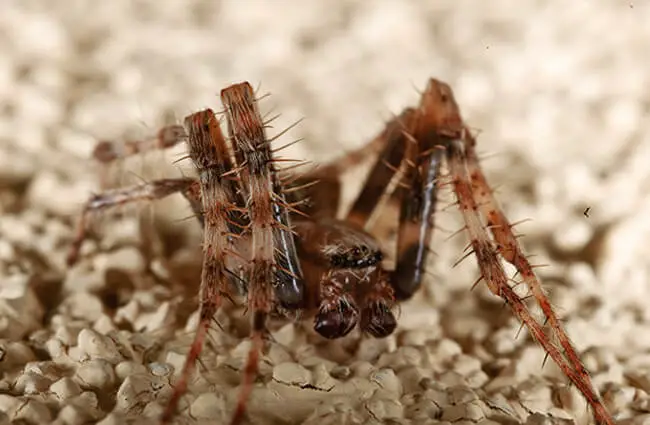
Unveiling the Orb Weaver: Identification and Habitat
What Exactly is an Orb Weaver?
Orb Weavers are a diverse and widespread family of spiders, encompassing over 3,000 species globally. They are characterized by their distinctive, wheel-shaped webs, which are among the most recognizable structures in the animal kingdom. These spiders vary greatly in size, color, and ornamentation, from the vibrant Golden Silk Orb Weavers to the spiky-bodied Spiny Orb Weavers. Despite their often intimidating appearance, most Orb Weavers are harmless to humans, focusing their energies on insect prey.
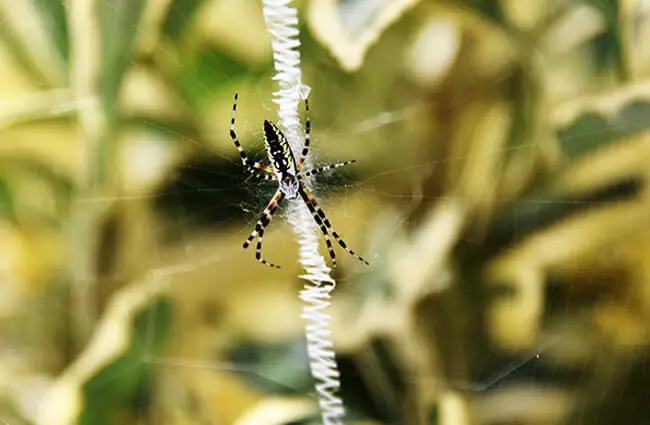
Where to Find These Master Weavers: Habitat and Distribution
Orb Weavers are truly global citizens, thriving on every continent except Antarctica. Their adaptability allows them to inhabit an astonishing array of environments. From dense tropical rainforests to temperate woodlands, urban gardens, agricultural fields, and even arid deserts, these spiders can be found almost anywhere there is suitable vegetation to anchor their webs and a steady supply of flying insects. They prefer areas with ample vertical structures, such as trees, shrubs, fences, and eaves, to construct their elaborate traps. To find an Orb Weaver in the wild, one should look for their characteristic webs strung between branches, across pathways, or in the corners of buildings, particularly at dawn or dusk when they are most active in web construction or repair.
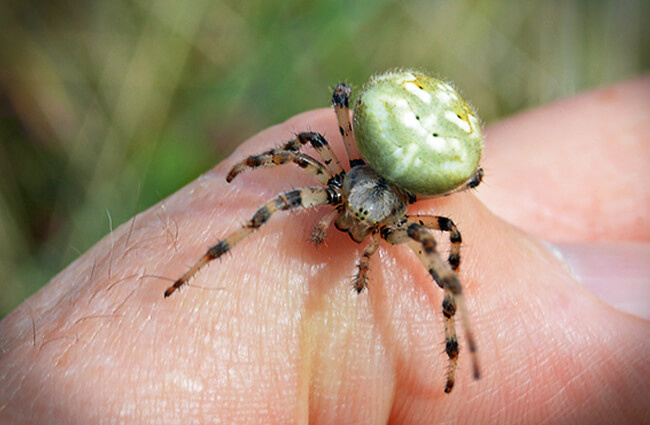
Identifying an Orb Weaver: Key Characteristics
While species vary, several common traits can help identify an Orb Weaver:
- Web Structure: The most obvious sign is the classic, circular, spiral web. These webs are typically vertical or slightly inclined and can be quite large.
- Body Shape: Many Orb Weavers have a large, often bulbous abdomen, which can be smooth, spiny, or lobed. Their legs are usually long and slender.
- Coloration: They display a wide spectrum of colors, from dull browns and grays for camouflage to vivid yellows, oranges, and greens, often with intricate patterns. Some species, like the Spiny Orb Weavers, have striking spines on their abdomens.
- Behavior: They are often found resting head-down in the center of their web, or hidden nearby with a signal line connected to the web to detect vibrations.
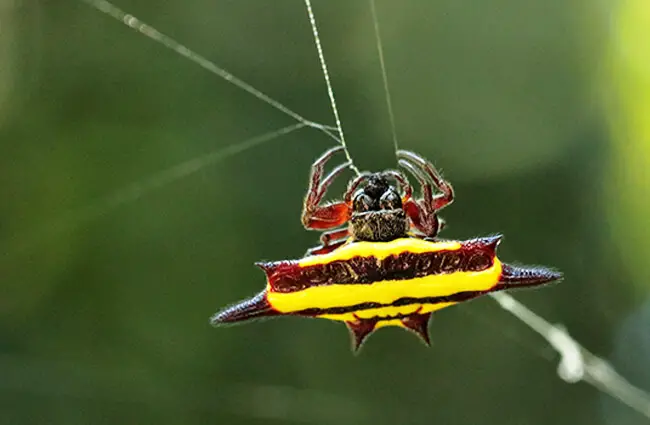
Encountering an Orb Weaver: What to Do
For hikers and curious observers, encountering an Orb Weaver is a common and generally benign experience. These spiders are not aggressive and their venom is typically harmless to humans, causing only mild, localized discomfort similar to a bee sting if a bite were to occur. Bites are extremely rare and usually only happen if the spider feels directly threatened or is accidentally squeezed. The best course of action is simply to observe from a respectful distance. Admire their intricate webs and their patient hunting strategy. There is no need to disturb them or attempt to remove them, as they are beneficial creatures in their environment.
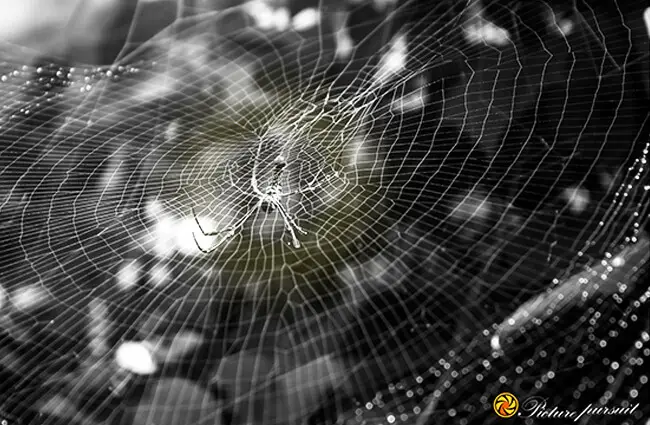
The Life of an Orb Weaver: From Hunter to Parent
A Master Hunter: Diet and Predatory Strategy
Orb Weavers are primarily insectivores, with their diet consisting almost exclusively of flying insects caught in their sticky webs. Common prey includes flies, moths, mosquitoes, beetles, and even small butterflies. The web itself is a marvel of engineering, designed to be nearly invisible and incredibly strong. When an insect flies into the web, the vibrations alert the spider, which then swiftly rushes out, wraps the struggling prey in silk, and delivers a venomous bite to immobilize it. The spider then either consumes the prey immediately or stores it for later by hanging it in the web. This efficient hunting method makes them crucial natural pest controllers.
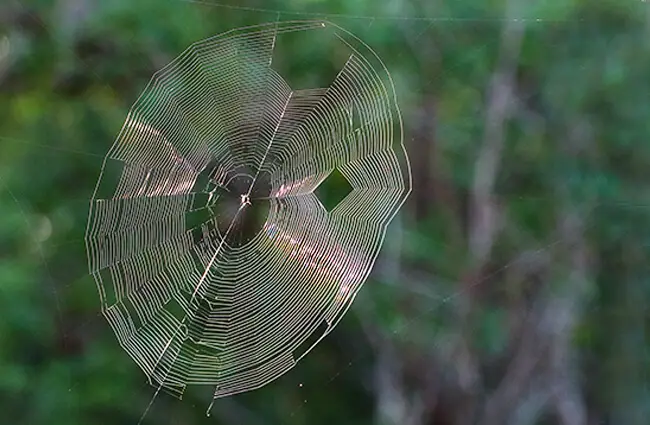
The Dance of Life: Mating and Reproduction
The mating ritual of Orb Weavers is a delicate and often perilous affair for the smaller male. Males must approach the female’s web with extreme caution, often plucking specific silk strands in a rhythmic pattern to signal their intentions and avoid being mistaken for prey. If the female is receptive, she will allow the male to approach for copulation. After mating, the male often retreats quickly, as some females may attempt to cannibalize their mates. The female then lays hundreds of eggs, typically encased in a silken egg sac. This sac is carefully constructed and often camouflaged or hidden in a safe location near the web, such as under a leaf or in a crevice, to protect the developing spiderlings from predators and environmental hazards.

From Egg to Adult: The Orb Weaver Life Cycle
Orb Weavers typically have an annual life cycle in temperate regions. Eggs laid in the fall overwinter in their protective sac, hatching in the spring. The tiny spiderlings disperse, often by “ballooning,” where they release a strand of silk into the wind and are carried to new locations. They undergo several molts, shedding their exoskeletons as they grow, before reaching maturity in late summer or early fall. Adult females are usually much larger than males and are responsible for constructing the large orb webs. After mating and egg-laying, the adults typically die with the onset of colder weather, completing the cycle.
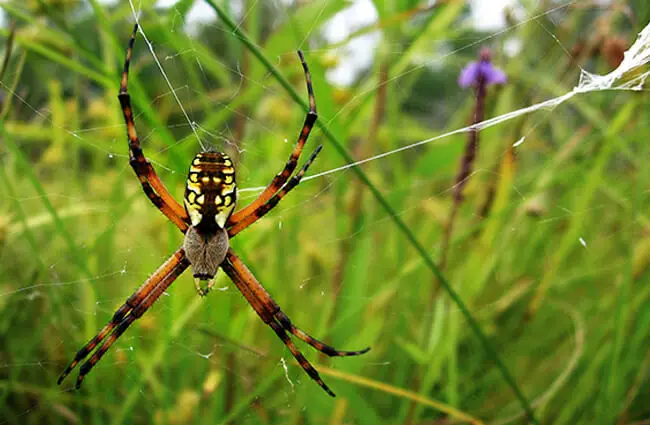
A Glimpse into the Past: Evolutionary History
The family Araneidae, to which Orb Weavers belong, is one of the largest and most successful spider families, with a deep evolutionary history. The earliest known orb-weaving spiders date back to the Jurassic period, over 165 million years ago, as evidenced by fossilized webs and spiders preserved in amber. The intricate orb web design is considered a highly evolved and efficient hunting strategy, a testament to millions of years of natural selection. This ancient lineage highlights the enduring success of their web-building prowess and predatory adaptations, allowing them to thrive across diverse ecosystems for eons.
Beyond the Web: Deeper Insights into Orb Weavers
Ecosystem Engineers: Contribution and Interactions
Orb Weavers are indispensable components of their ecosystems. Their primary contribution lies in their role as significant predators of flying insects. By consuming vast numbers of insects, including many agricultural pests and disease vectors like mosquitoes, they help regulate insect populations and maintain ecological balance. This makes them natural allies in pest control, reducing the need for chemical interventions. They also serve as a food source for various other animals, including birds, wasps, lizards, and even other spiders, forming crucial links in food webs. Their silk, beyond its use in webs, is also utilized by birds for nest construction, further integrating them into the broader ecological community.
Orb Weavers in Human Culture and Interaction
Throughout history, spiders, including Orb Weavers, have woven their way into human folklore, mythology, and art. Their intricate webs have inspired tales of creation, destiny, and the delicate interconnectedness of life. In some cultures, spiders are seen as symbols of patience, creativity, and wisdom. While generally beneficial, their presence can sometimes lead to human interaction, particularly when webs are built in inconvenient locations. It is important to remember that these spiders are not aggressive. If a web needs to be removed, it is best to gently guide the spider to a nearby plant rather than harming it. Their silk has also garnered scientific interest for its incredible strength and elasticity, inspiring biomimicry research for applications in materials science and medicine.
Caring for Orb Weavers in Captivity: A Zookeeper’s Guide
For zookeepers or dedicated enthusiasts, caring for an Orb Weaver in captivity requires attention to specific environmental and dietary needs to mimic their natural habitat. The primary task involves providing a suitable enclosure that allows for web construction. A tall terrarium with plenty of anchor points, such as twigs, branches, or artificial plants, is essential. The enclosure should be misted regularly to maintain appropriate humidity levels, typically around 60-80%, and provide water droplets for the spider to drink. Temperature should be kept stable, generally between 70-80°F (21-27°C), depending on the species. Feeding involves offering live flying insects, such as crickets, flies, or small moths, every few days. It is crucial to remove uneaten prey to prevent mold or mites. Avoid handling the spider directly, as this can stress it and potentially lead to a defensive bite. Regular observation for molting behavior, web integrity, and overall health is key to successful captive care.
A Web of Wonders: Fascinating Facts About Orb Weavers
The world of Orb Weavers is full of incredible adaptations and behaviors:
- Daily Web Construction: Many Orb Weavers, especially those in exposed locations, will consume their old web each morning and spin a completely new one. This recycles valuable proteins and removes damaged silk.
- Silk Diversity: Orb Weavers produce several types of silk, each with a specific purpose:
- Dragline Silk: Strong and non-sticky, used for the web frame and as a safety line.
- Capture Silk: Elastic and sticky, forming the spiral that traps prey.
- Swathing Silk: Used to wrap prey.
- Egg Sac Silk: Protective and insulating.
- Web Decorations: Some species add a zigzagging pattern called a “stabilimentum” to their webs. Its purpose is debated, but theories include strengthening the web, camouflaging the spider, or warning birds to avoid flying through it.
- Color Change: Certain Orb Weavers, like the Garden Orb Weaver (Araneus diadematus), can change their body color to better match their surroundings, enhancing camouflage.
- Golden Silk: Spiders in the genus Nephila, known as Golden Silk Orb Weavers, produce silk with a distinct golden hue, which is exceptionally strong and has been historically used for fishing nets and even woven into fabric.
- Ballooning: Young spiderlings disperse by releasing a silk thread into the wind, allowing them to travel great distances, sometimes hundreds of miles, to find new territories.
- Sexual Dimorphism: Females are often significantly larger and more colorful than males, a common trait among many spider species.
- Vibrational Communication: Orb Weavers rely heavily on vibrations transmitted through their webs for everything from detecting prey to communicating during courtship.
Embrace the Eight-Legged Engineers
From the intricate geometry of their webs to their vital role in controlling insect populations, Orb Weavers are truly remarkable creatures. They are not just silent predators lurking in the shadows, but active participants in the delicate balance of nature, embodying resilience, ingenuity, and biological artistry. Understanding and appreciating these fascinating arachnids enriches our connection to the natural world and reminds us of the incredible diversity that thrives all around us. So, the next time you encounter an Orb Weaver’s shimmering masterpiece, take a moment to marvel at the engineering genius and ecological importance of these magnificent eight-legged architects.

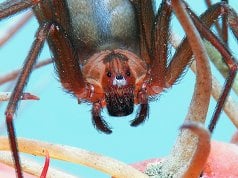
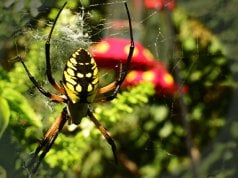


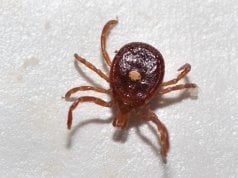
![Red Angus Closeup of a beautiful Red Angus cowPhoto by: U.S. Department of Agriculture [pubic domain]https://creativecommons.org/licenses/by/2.0/](https://animals.net/wp-content/uploads/2020/03/Red-Angus-4-100x75.jpg)

